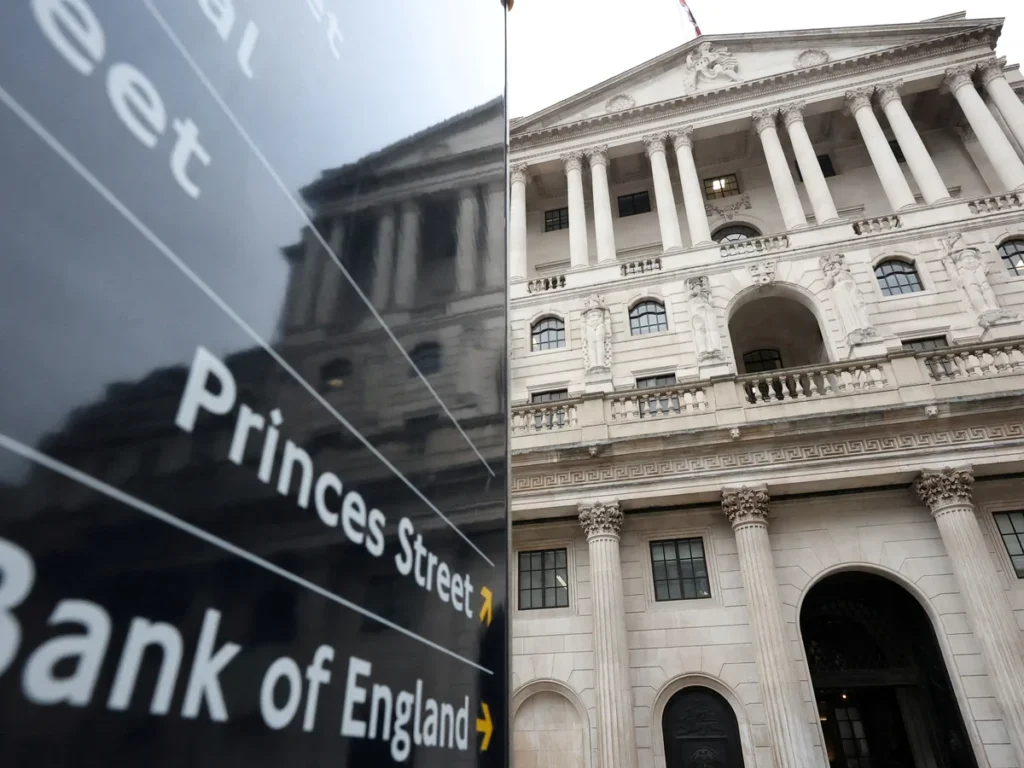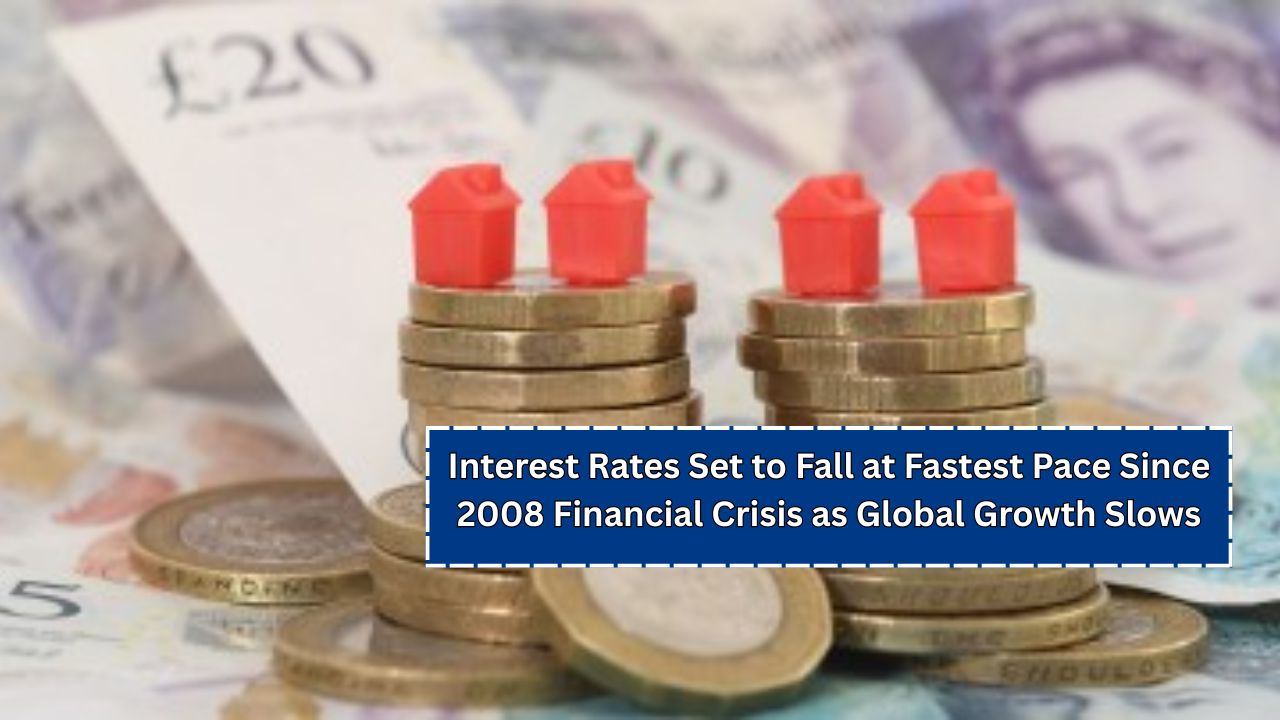Central banks across the globe are cutting interest rates at a speed not witnessed since the 2008 financial crisis. From the U.S. to the U.K., economic headwinds and geopolitical turmoil are forcing policymakers to act swiftly, attempting to bolster economic resilience amid rising uncertainties—including fresh tariffs, slowing growth, and labor market weakness.
Here’s a detailed look at how the world’s largest economies are reacting and what it could mean for consumers, homeowners, and investors.
UK: Bank of England Gears Up for Rapid Cuts
The Bank of England (BoE) is preparing to cut rates from 4.5% to 4.25% in its upcoming meeting, with market expectations suggesting further drops below 3% within the next six months. Analysts warn this could be the fastest pace of reduction since the 2008 financial crash, when the BoE slashed rates from 4.5% to 0.5% between October 2008 and March 2009.
This move comes as the U.K. faces rising borrowing costs and weakening demand, worsened by newly imposed U.S. tariffs. The BoE’s potential cuts aim to ease pressure on mortgage holders and avert a broader economic downturn.
US: Fed Under Pressure Amid Slowing Growth
In the United States, the Federal Reserve is facing growing calls to cut interest rates following a 0.3% contraction in Q1 GDP and early signs of labor market weakening. Treasury Secretary Scott Bessent noted that falling bond yields are signaling an urgent need for policy easing.
President Donald Trump’s recent tariff hikes and public criticism of Federal Reserve Chair Jerome Powell have further complicated the economic landscape. Market analysts predict the Fed could announce rate cuts as early as June.
➡️ Federal Reserve Board

Eurozone: ECB Maintains Aggressive Easing Stance
The European Central Bank (ECB) has already cut interest rates seven times in the past year. Vice President Luis de Guindos recently stated in an interview that the ECB is optimistic about continuing this path, as the region grapples with slowing industrial output and dampened investor confidence.
The ECB’s proactive measures are designed to shield the eurozone from global economic disruptions and stimulate consumer spending.
Switzerland: Franc Surge Triggers Policy Alarm
The Swiss National Bank (SNB) is also under pressure to lower rates, potentially re-entering negative territory. A dramatic surge in the Swiss franc—now at its strongest in a decade against the U.S. dollar—has alarmed export-reliant sectors and raised fears of a competitiveness crisis.
Cutting rates could help control the franc’s appreciation and maintain economic stability.
Australia: RBA Expected to Prioritize Growth
The Reserve Bank of Australia (RBA) is widely expected to reduce its key interest rate from 4.10% to 3.85% this month. Analysts cite weakening consumer demand and stress in the housing sector as primary reasons for the anticipated move.
The RBA’s potential rate cuts follow the global trend of monetary easing, with officials aiming to stimulate spending and counteract trade-related economic friction.
➡️ Reserve Bank of Australia
Why It Feels Like 2008 Again
The global monetary response is eerily reminiscent of the 2008 financial crisis, when major central banks slashed rates to historic lows in an effort to prevent a systemic collapse.
- In 2008, the U.S. Fed cut rates from 5.25% to near-zero.
- The BoE moved from 4.5% to 0.5%.
- The ECB and others adopted similar drastic actions.
Now, with inflation cooling and economic indicators flashing warning signs, central banks seem poised to repeat history—but with different tools and constraints.
What It Means for You
- Homeowners could see lower mortgage rates and monthly payments.
- Borrowers may benefit from cheaper personal and auto loans.
- Savers, however, may find diminishing returns on bank deposits.
- Investors may witness stock market volatility and bond rallying.
Ultimately, rate cuts are intended to stimulate spending and investment—but they also signal broader concerns about global economic health.
Conclusion
Interest rates are falling at a pace not seen since the 2008 meltdown, reflecting mounting pressure on global economies. While this strategy may provide temporary relief to consumers and markets, its long-term effectiveness remains uncertain. Policymakers must tread carefully as they balance inflation risks with growth imperatives in an increasingly volatile world.
This article has been carefully fact-checked by our editorial team to ensure accuracy and eliminate any misleading information. We are committed to maintaining the highest standards of integrity in our content.

Outside of work, he enjoys playing chess, following cricket, and writing short stories. His commitment to integrity and in-depth analysis strengthens OTE News’ mission of providing trustworthy journalism.




